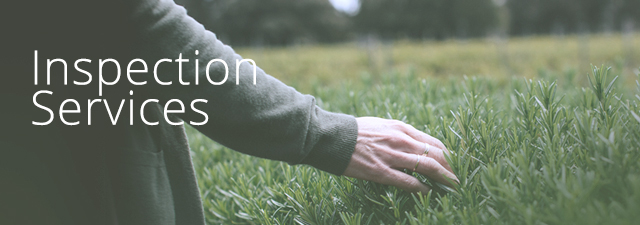Algoma Public Health
- Rats (Rodent Control)
- Back
- Environment & Inspections >
- Environmental Health >
- Rats (Rodent Control) >
Rats (Rodent Control)
Rats can be a major problem for homeowners, business owners and the general public. Rats are known carriers of disease and can cause damage to property and structure.
Evidence of rats can consist of capsule-shaped droppings, burrows, chewed food; gnaw marks on walls and surfaces, and footprints with tail marks.
If you have an infestation, hire a licensed professional and follow these precautions.
Organize
- Store waste in garbage bins that are made of hard plastic or metal, and have tight fitting lids
- Make sure compost bins are secured
- Clean up fallen fruits and vegetables, and do not use bird feeders or clean spilled seed daily
- Eliminate water sources like birdbaths, fountains, and piles of old tires
- Remove vines that rats can use to climb onto your roof
- Keep clutter away from the foundation of your home
- Control vegetation like grass and shrubs
- Keep your yard tidy to discourage rats
- Keep woodpiles elevated and away from your home and remove garbage.
Prevent
- Inspect the outside of your home to identify rodent entry points (any opening larger than 1 inch in diameter, or roughly the size of a quarter)
- Use heavy gauge wire mesh to cover vents
- Use metal sheeting to cover holes
- Maintain sanitation and rodent proofing strategies
Eliminate
Snap traps
- Snap traps are preferable to poisonous bait and prevent exposure of children and pets to toxic and potentially harmful bait.
- Use care when handling a set rat trap. Hold the trap by the edges away from the trigger
- Place traps along walls in areas where rats are active. Place the trigger side against the wall. Keep children and pets away from traps and poison
- Use gloves when disposing of dead rats.
Bait Stations
- Place baited traps in areas with rat activity, but do not set the trap until the bait has been taken at least once (pre-baiting)
- Ensure the bait station is enclosed to provide a shelter area for the rats to feed
- Ensure children and pets do not have access to bait stations
- Lock and secure the bait stations to prevent access to the bait
- Use blocks of bait (anticoagulant) and secure the bait with wire
- Poisoned bait can lead to secondary poisoning (cats may become ill after eating poisoned rodents)
Clean
- Clean up droppings as soon as they are observed, so that any new activity is apparent
- Dampen droppings using a solution of bleach and water, allow them to remain wet for 10 minutes, wipe them up and double bag for removal
- Wear the following Personal Protective Equipment (PPE) when cleaning up dead rodents and their droppings:
- Gloves
- Goggles
- Mask
- Wash your hands thoroughly with soap and water after handling dead rodents or their droppings.
Never sweep up or aerosolize droppings as Hantavirus may be released into the air and if inhaled can cause serious respiratory illness.
For more information contact your local Algoma Public Health office
Date of Creation: June 16, 2016
Last modified: March 6, 2020










